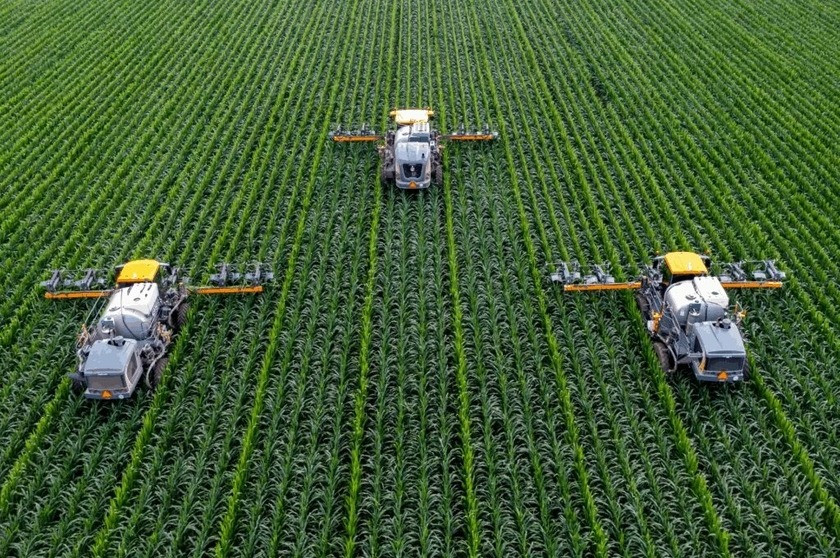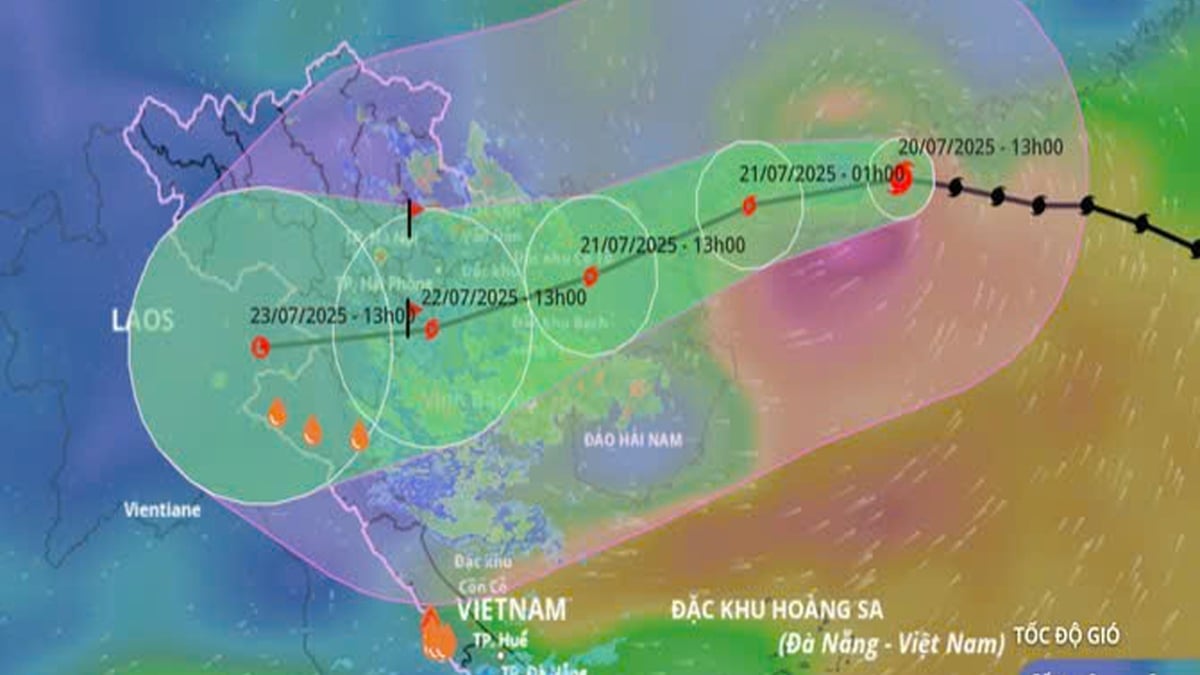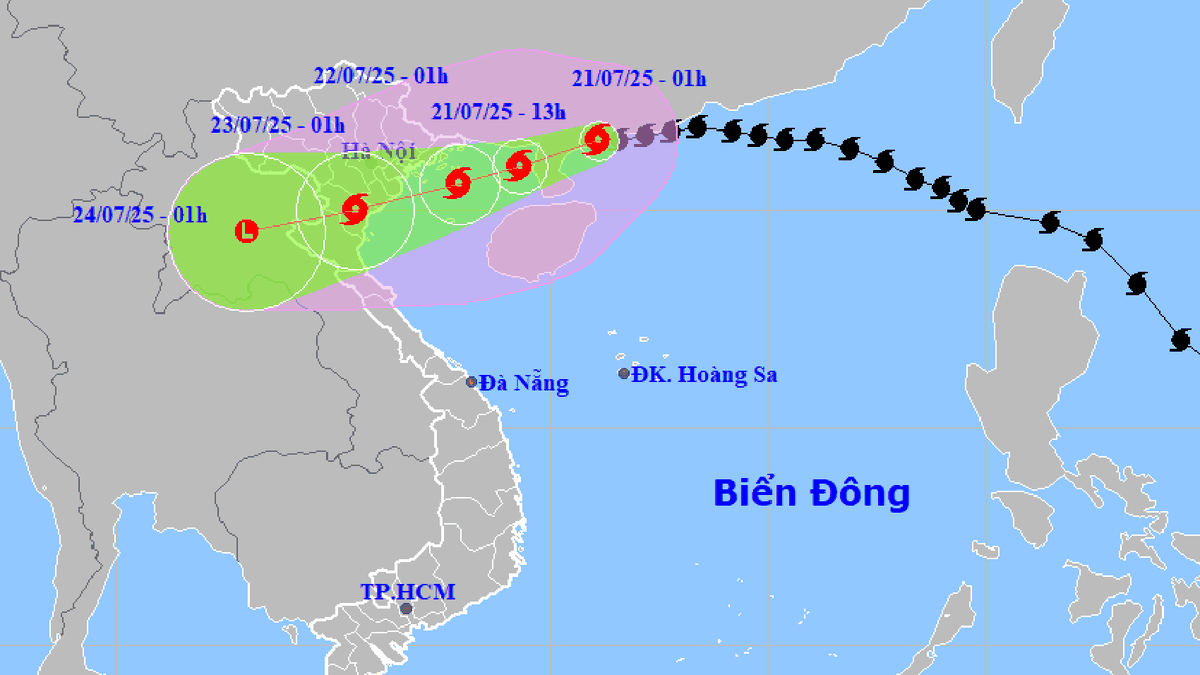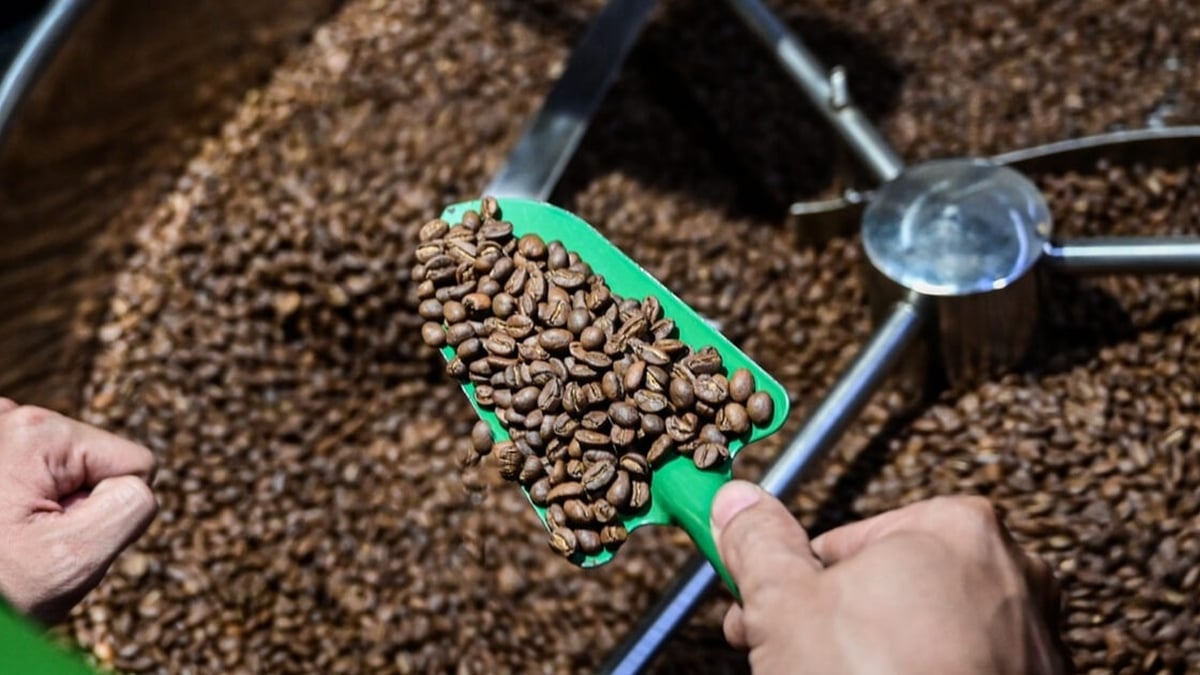As fifth-generation (5G) mobile technology is deployed worldwide, its capabilities are being harnessed to further improve precision agriculture automation.

5G offers a number of benefits that can be used to improve the efficiency and accuracy of precision agriculture. High speeds and low latency allow large amounts of data to be transmitted and processed quickly. This data can then be used to make more informed agricultural management decisions, such as when and how to water crops or fertilize.
Additionally, 5G’s low latency also allows automated systems to respond more quickly. Drones and autonomous robots can be used to monitor crop and soil conditions, and 5G’s low latency ensures these systems can respond quickly to changing conditions. This helps ensure the most efficient monitoring and management of crops.
Finally, 5G also enables more reliable connectivity, which is essential for precision agriculture automation. Automated systems must be able to communicate with each other to function properly, and reliable connectivity is needed to ensure systems stay connected.
With 5G, farmers can rest assured that their automated systems will always remain connected and operating efficiently.

Precision agricultural automation is becoming increasingly important as the industry strives to improve efficiency and accuracy. 5G’s high speeds, low latency, and reliable connectivity enable this automation and pave the way for even greater advances in the future.
5G technology will transform agriculture through improved connectivity, efficiency, and scalability. This will give farmers access to powerful new tools and insights to help them improve their operations and better manage their resources. As 5G technology continues to evolve, the potential for precision agriculture is limitless.
(according to Eos)
Source
























![[Photo] National Assembly Chairman Tran Thanh Man visits Vietnamese Heroic Mother Ta Thi Tran](https://vphoto.vietnam.vn/thumb/1200x675/vietnam/resource/IMAGE/2025/7/20/765c0bd057dd44ad83ab89fe0255b783)







































































Comment (0)